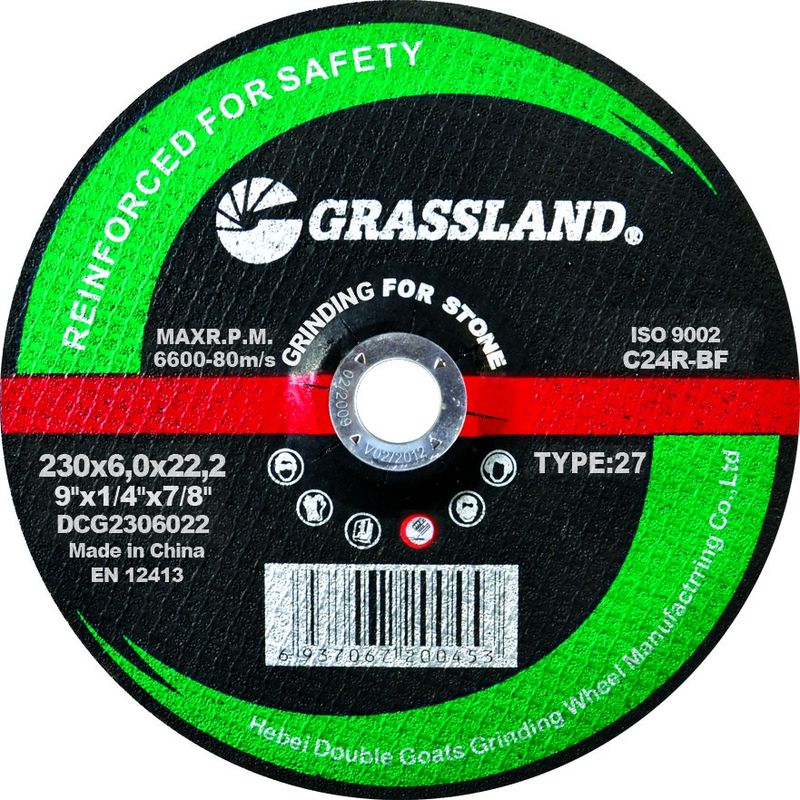Using an Angle Grinder to Remove Paint from Wood A Comprehensive Guide
Removing paint from wood surfaces can be a challenging task, especially if the paint is old or has multiple layers. While there are various methods to achieve a clean finish, one of the most effective tools for this job is an angle grinder. This powerful tool can make quick work of removing paint, but it requires the right technique and safety precautions. In this article, we will explore how to effectively use an angle grinder for paint removal from wood, including the advantages and disadvantages of this method.
Understanding the Angle Grinder
An angle grinder is a versatile power tool commonly used for cutting, grinding, and polishing. When fitted with the correct attachments, it can also be used for stripping paint from wood surfaces. The most common attachments for paint removal include flap discs and wire brushes. Flap discs are designed to grind down material while providing a smooth finish, while wire brushes can aggressively remove paint and other surface contaminants.
Advantages of Using an Angle Grinder
1. Efficiency One of the primary benefits of using an angle grinder for paint removal is its speed. Unlike manual methods that can be time-consuming, an angle grinder can strip paint away rapidly, making it ideal for large projects or surfaces with heavy paint build-up.
2. Versatility An angle grinder can be used on various surfaces and materials beyond wood, including metal and masonry. This makes it a valuable addition to any toolbox for multiple applications.
3. Control When used with the right attachments, an angle grinder provides good control over the removal process, allowing for precise work on detailed areas or edges.
Steps to Remove Paint with an Angle Grinder
1. Select the Right Attachment Choose an appropriate flap disc or a wire brush depending on the type of paint and wood. For most wooden surfaces, a medium-grit flap disc is ideal to avoid damaging the wood underneath.
2. Preparation Before starting the paint removal process, protect your workspace. Lay down drop cloths to catch debris, and ensure the area is well-ventilated, especially if the paint may contain harmful chemicals like lead.
angle grinder to remove paint from wood

3. Safety Gear Always wear appropriate safety gear, including goggles to protect your eyes from flying debris, a dust mask or respirator to guard against inhaling particles, and hearing protection due to the noise generated by the tool.
4. Start Grinding Place the angle grinder at a slight angle against the wood surface. Turn the tool on and allow it to reach full speed before making contact with the wood. Move the grinder in a back-and-forth motion, keeping it moving to prevent gouging the wood.
5. Check Your Progress Periodically stop to check your work. This will help you avoid excessive removal of wood and ensure you're not damaging the surface beneath the paint.
6. Cleanup After you’ve removed the paint, clean your workspace to prevent any leftover paint dust from causing further mess. A vacuum or cloth can help collect debris.
Disadvantages and Considerations
While using an angle grinder can be effective, it also has its disadvantages. The aggressive nature of the tool can easily damage the wood if not handled carefully. Additionally, the high speed can create heat, potentially scorching the wood or causing the paint to melt rather than strip away neatly.
Maintenance Regularly inspect and replace the attachments as they wear down. A dull attachment can lead to inefficient paint removal and increase the risk of damage.
Alternative Methods Depending on the project and the condition of the wood, consider other methods of paint removal, such as chemical strippers, infrared heat guns, or sanding, which might be more suitable for delicate or intricately carved wood surfaces.
Conclusion
Using an angle grinder to remove paint from wood can be a fast and efficient method when done correctly. By selecting the right attachment, preparing adequately, and taking safety precautions, you can achieve a clean and ready-to-finish surface. However, it’s essential to weigh the benefits against the potential for damage and consider other methods when working with more delicate materials. With practice and care, your angle grinder can become an invaluable tool in your DIY arsenal.
Post time:Dec - 15 - 2024

















